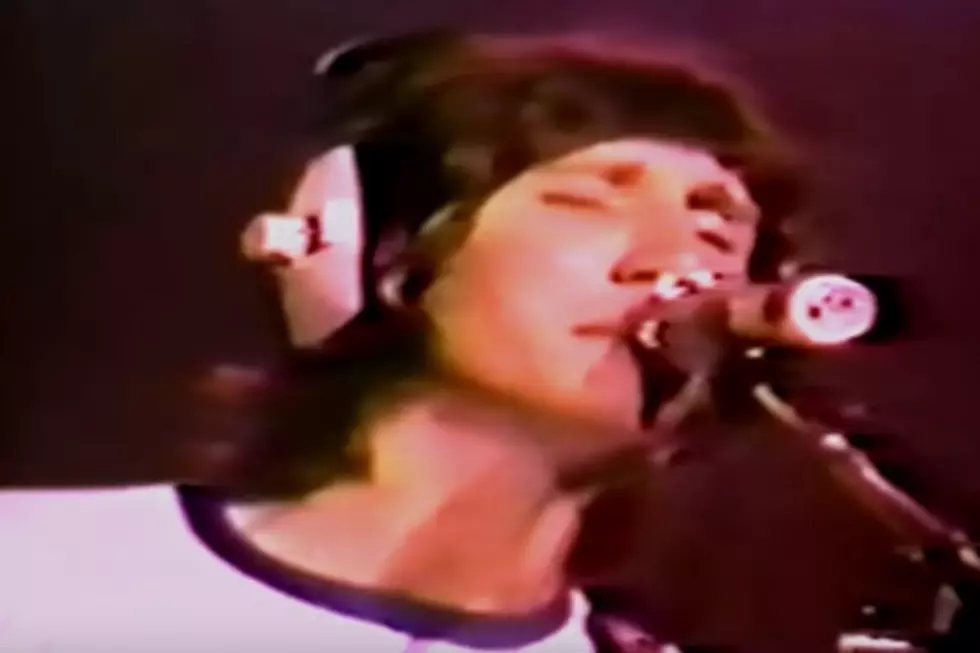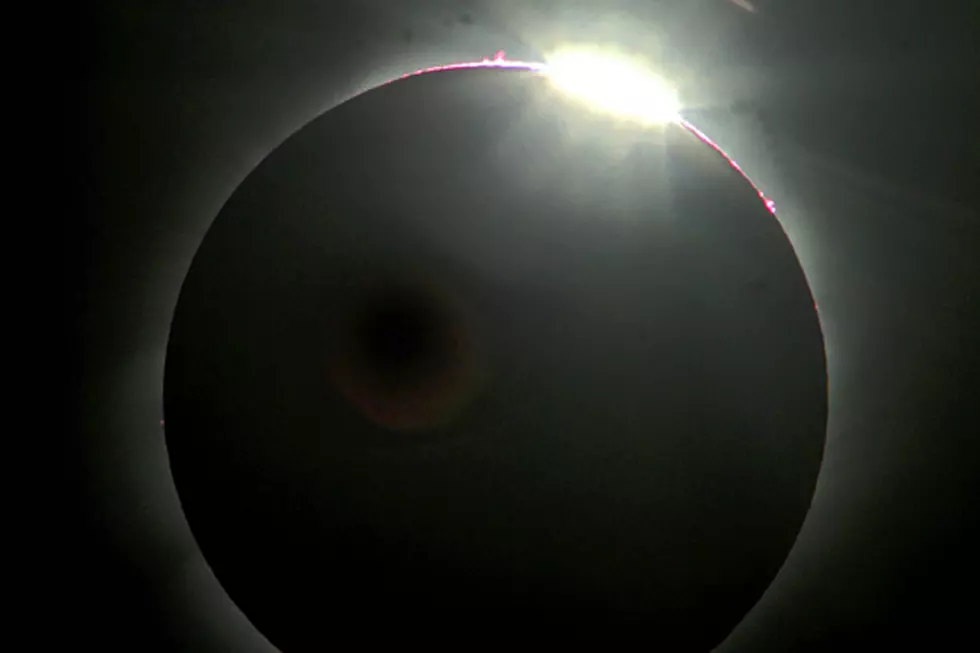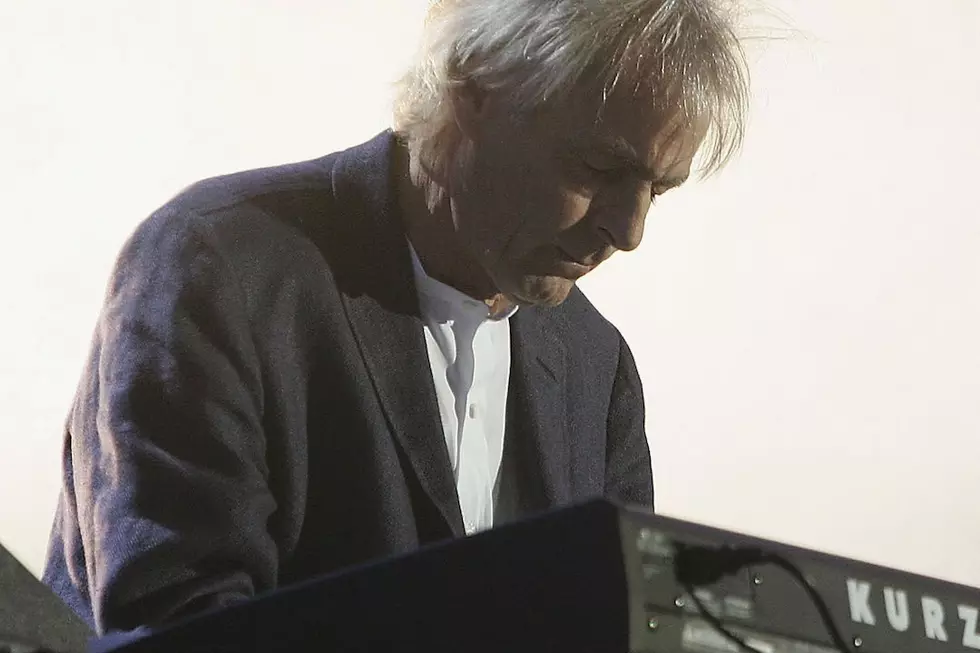
How Pink Floyd’s ‘The Wall’ Tour Reinvented the Rock Concert
Pink Floyd kicked off a tour in support of The Wall on Feb. 7, 1980 at the Los Angeles Memorial Sports Auditorium – and it almost got derailed from the start.
The explosions that introduced "In the Flesh?," the opening number, set a curtain at the top of the arena on fire. By the time the band got to "Empty Spaces," ashes were falling onto the stage, and they stopped the show until the fire was extinguished. Fortunately, it was the only technical problem they encountered, because so much more could have gone wrong with what was the most elaborate concert tour ever staged at the time.
It wasn’t even a tour in the traditional sense. Pink Floyd performed the album 31 times over the course of 16 months in only four cities: Los Angeles, New York, London (two stops) and Dortmund, West Germany. Its grandiosity was built into the concept from the very start by Roger Waters.
“I always knew it would be a multi-faceted project — a record, followed by shows in just a few cities and then a movie,” he told TPI. “It couldn’t possibly travel because of the sheer expense of getting this thing to move. It was miles ahead of anything that had been done in rock ’n ’roll and the amount of effort that went into every single detail was unheard of. It was very f—ing difficult to do but we had some very good people on board who made it happen.”
One of those “very good people” was set designer Mark Fisher, who began working with Waters on the concept for the stage show during the recording of The Wall. His production involved 420 cardboard bricks that, over the course of the first half of the show, would create a wall measuring 31-feet high and 160-feet wide in front of the band.
For the second half, animation provided by Gerald Scarfe, whose artwork was integral to the album’s design, would be projected onto the wall, which would come crashing down in the finale. The idea of not being seen by the audience was unprecedented for a band, but Waters was adamant that it reflect the main character’s alienation from society.
“I don't think anybody had any conception of what was going on in Roger’s mind,” sound crew chief Robbie Williams said, “and when we first heard that he wanted to build a this wall with the band performing behind it, we all said, ‘You’ve got to be fucking mad!’ We thought the audience would storm the stage and that the poor guys at front of house were going to get killed. Fortunately, it didn’t turn out that way!”
Watch Pink Floyd Perform 'Comfortably Numb'
The production included huge inflatable puppets — also designed by Scarfe — representing several characters and a four-piece surrogate band wearing Pink Floyd masks. Two props from previous tours — the flying pig ("Run Like Hell") and a model plane that crashed into the stage ("In the Flesh?") — were incorporated into the stage show.
The surrogate band, comprised of Snowy White (guitar), Andy Bown (bass), Willie Wilson (drums) and Peter Wood (keyboards), were also used to recreate the complex arrangements from the record, and a quartet of backing vocalists were also hired. White was replaced by Andy Roberts for the 1981 shows.
Pink Floyd had originally intended to film the concerts at London’s Earls Court for inclusion in Alan Parker’s film adaptation of the album. “The '81 shows were put on for the film, but by the time we got to do them they'd already decided they didn't want to use very much," David Gilmour told Record Collector in 2000. "About 20 minutes were shot. For example, 'Hey You,' where the camera was behind the wall focusing on us, then it went up and over the wall onto the audience. That's a great bit of footage. But only three tracks were filmed.”
Waters said he had additional film of which Gilmour was unaware in 2009, and that it could possibly see the light of day. Audio from the Earls Court dates was released in 2000 as Is There Anybody Out There? The Wall Live 1980–81.
Widely shared video from a stop at the Nassau Coliseum in Uniondale, N.Y., was shot as a tryout for the camera crew. Its poor quality, Gilmour says, is because “there was an argument between our lighting director, Marc Brickman, and the people who were shooting it on video, as the light levels were so low. … And it's under Roger's control, so I don't have any say over it. I'm very interested to see whether it could be digitized, enhanced and turned into something worthwhile. That's what I'd do, if I had control.”
Waters mounted an all-star production of the album in 1990 after the fall of the Berlin Wall. He then took the production around the world from 2010-13, in a show that dwarfed the one Pink Floyd staged decades before.
The Best Song From Every Pink Floyd Album
You Think You Know Pink Floyd?
More From Ultimate Classic Rock









